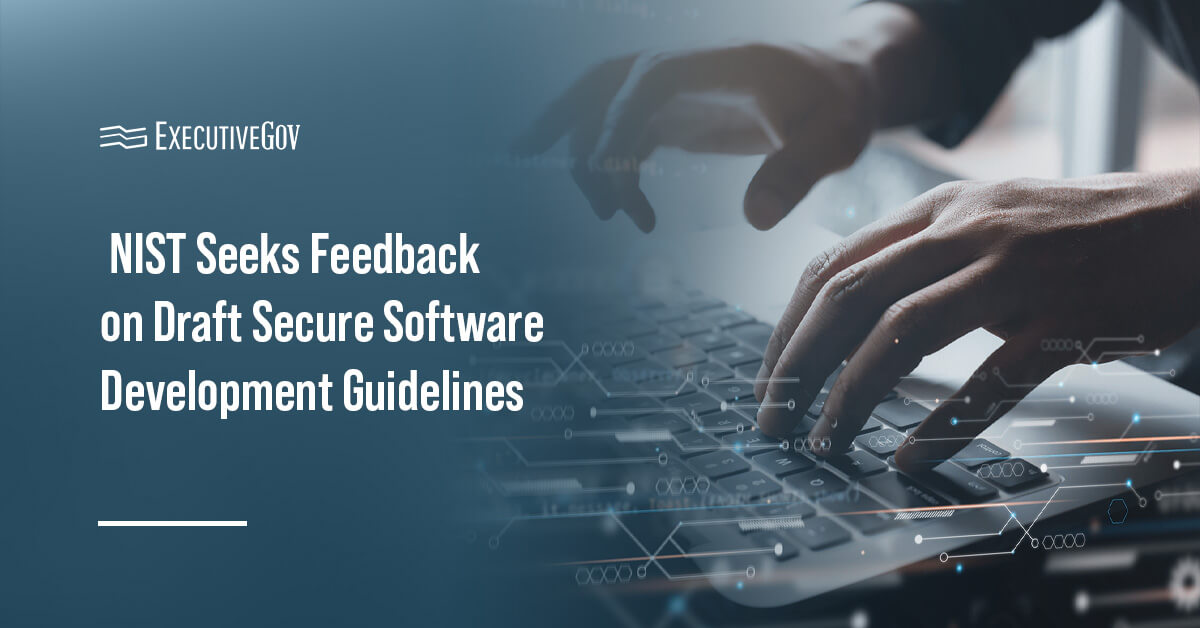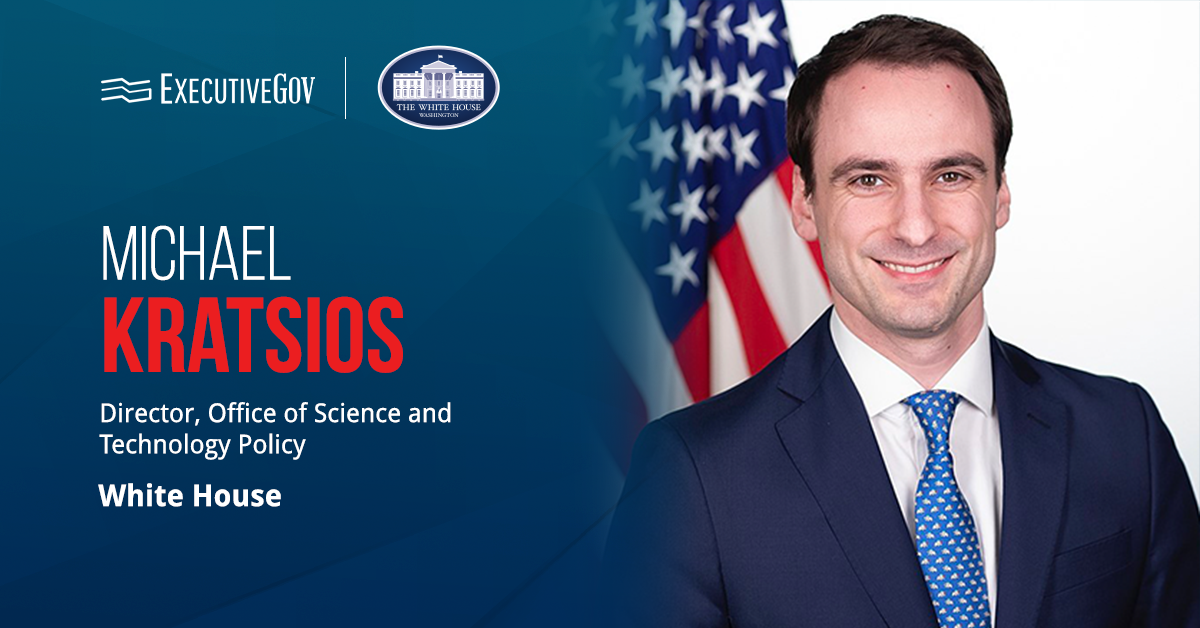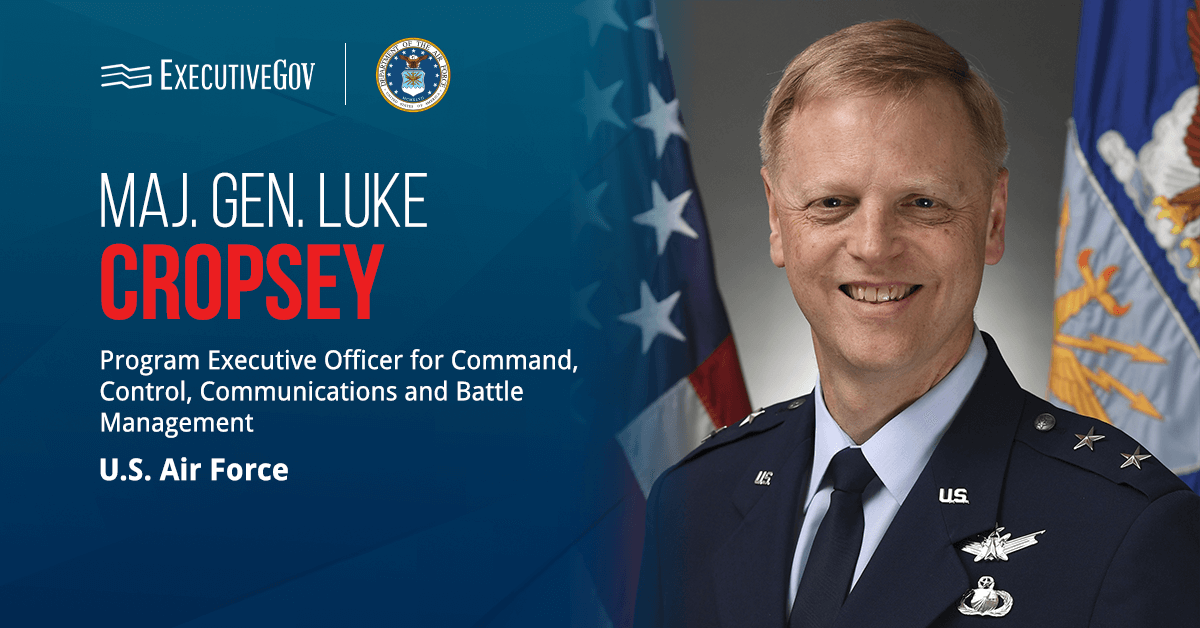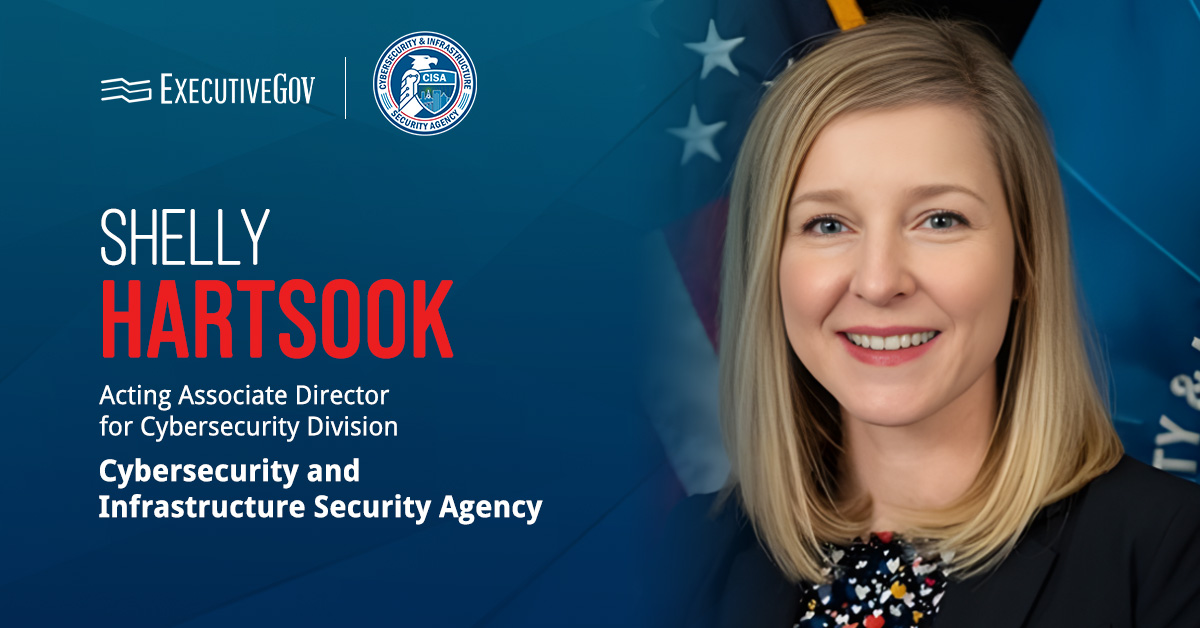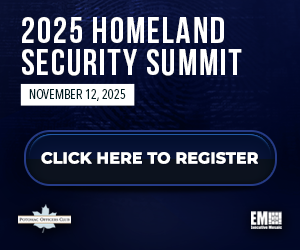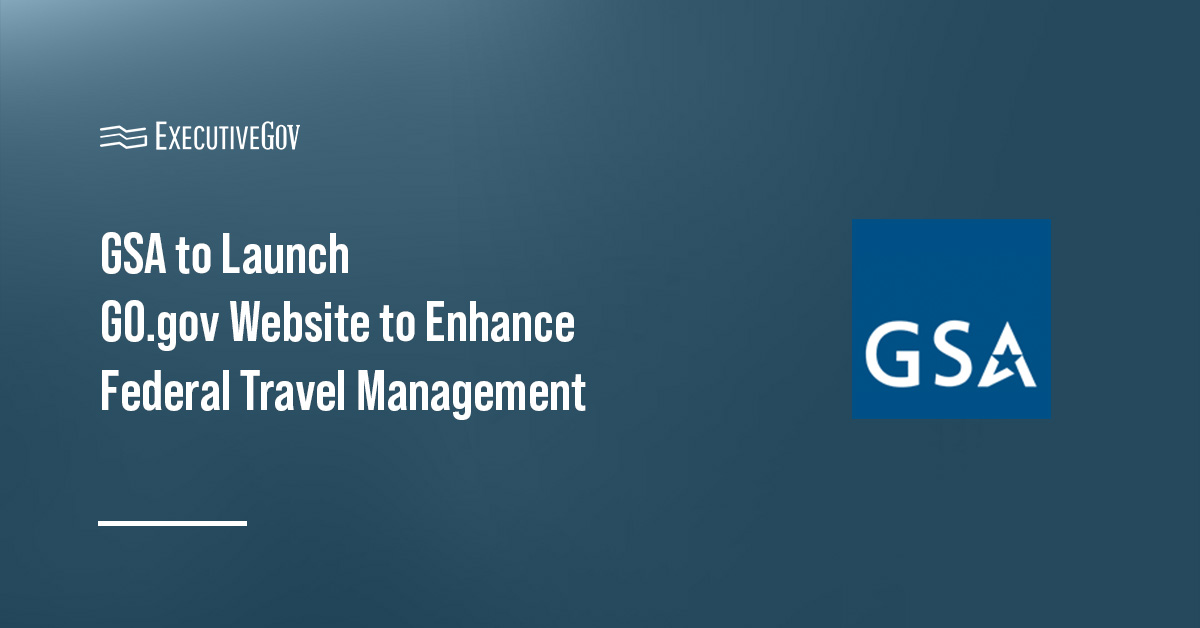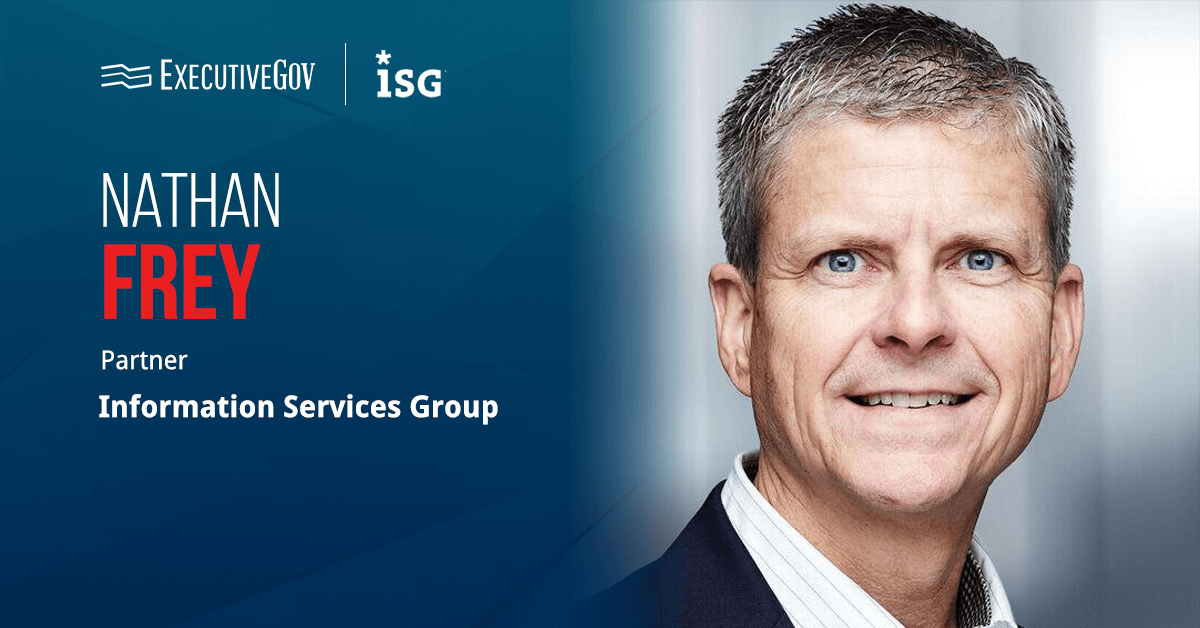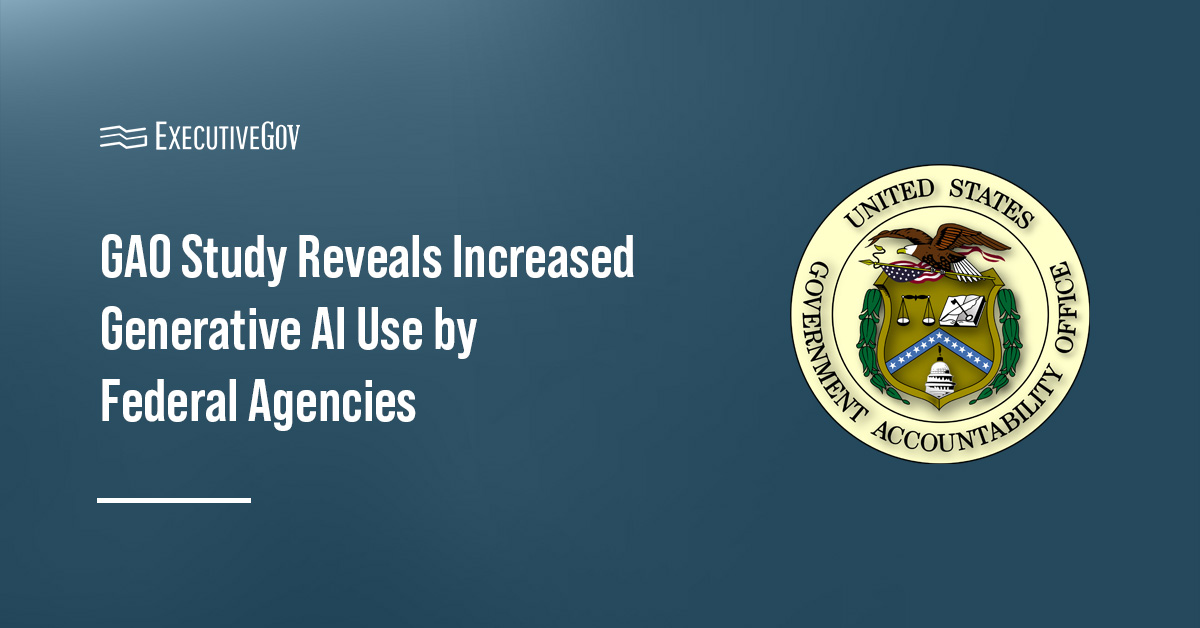The National Institute of Standards and Technology is conducting a public consultation on a preliminary draft of guidelines for improved security in all stages of the software development lifecycle, from a software’s initial planning and testing to its deployment, operation and maintenance.
A NIST consortium, including National Cybersecurity Center of Excellence computer security experts and 14 industry partners, created the draft NIST Special Publication 1800-44, titled Secure Software Development, Security, and Operations Practices, in accordance with Executive Order 14306, which aims to strengthen U.S. cybersecurity, NIST said Wednesday. The agency plans to hold a virtual event on Aug. 27 to discuss the guidelines and gather additional insight for the project ahead of the Sept. 12 deadline for feedback on the draft.
SP 1800-44 Expands NIST’s Secure Software Development Framework
The publication will complement the best practices outlined in NIST’s Secure Software Development Framework, or SSDF. According to the agency, the SSDF provides high-level secure software development practices but does not guide organizations in creating a secure development environment that fits their objectives. Building on the SSDF, SP 1800-44 offers specific examples to help organizations establish such an environment, accelerate software development and keep unauthorized individuals from the development processes.
“The SSDF looks at building software holistically, helping organizations figure out what needs to be done to make their development environment more secure, how to protect it and find deficiencies that make it vulnerable,” said NCCoE’s Alper Kerman, one of the publication’s authors. “The draft guidelines we are developing will show how organizations can use commercial, off-the-shelf technologies and AI capabilities and apply zero trust principles and methodologies to create an efficient and secure development environment for producing fast and more reliable software.”


